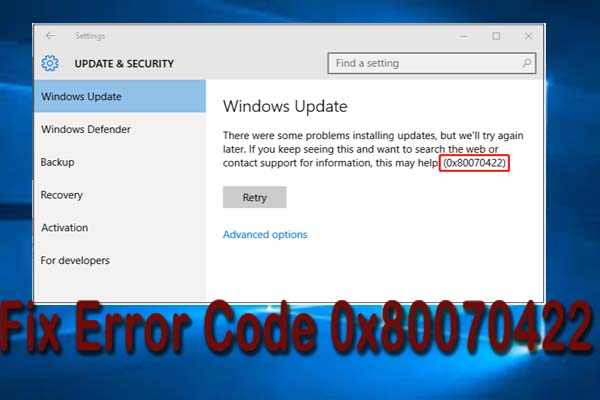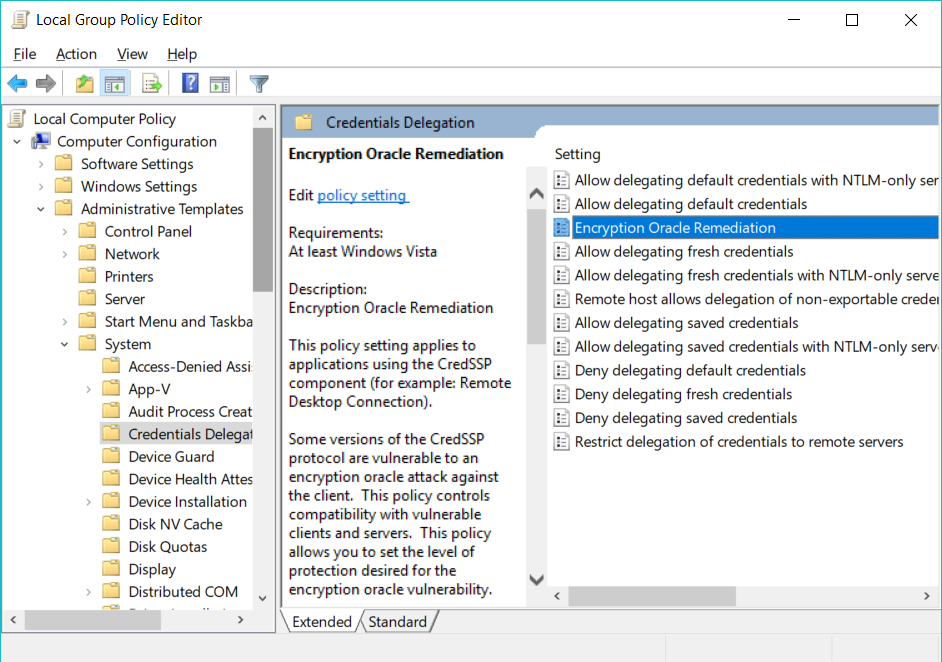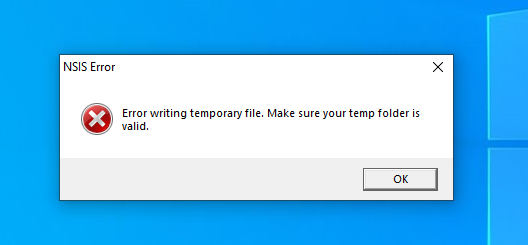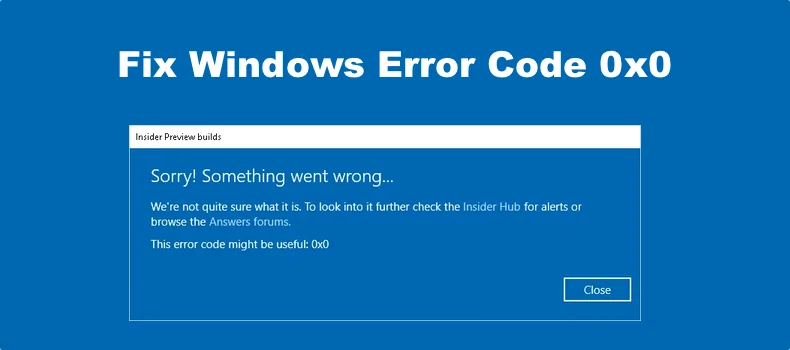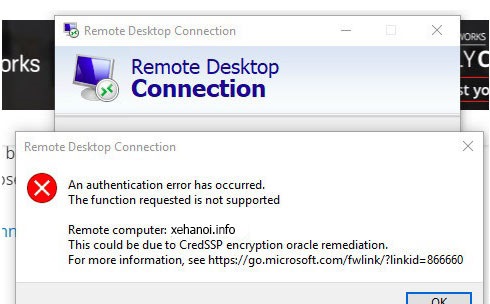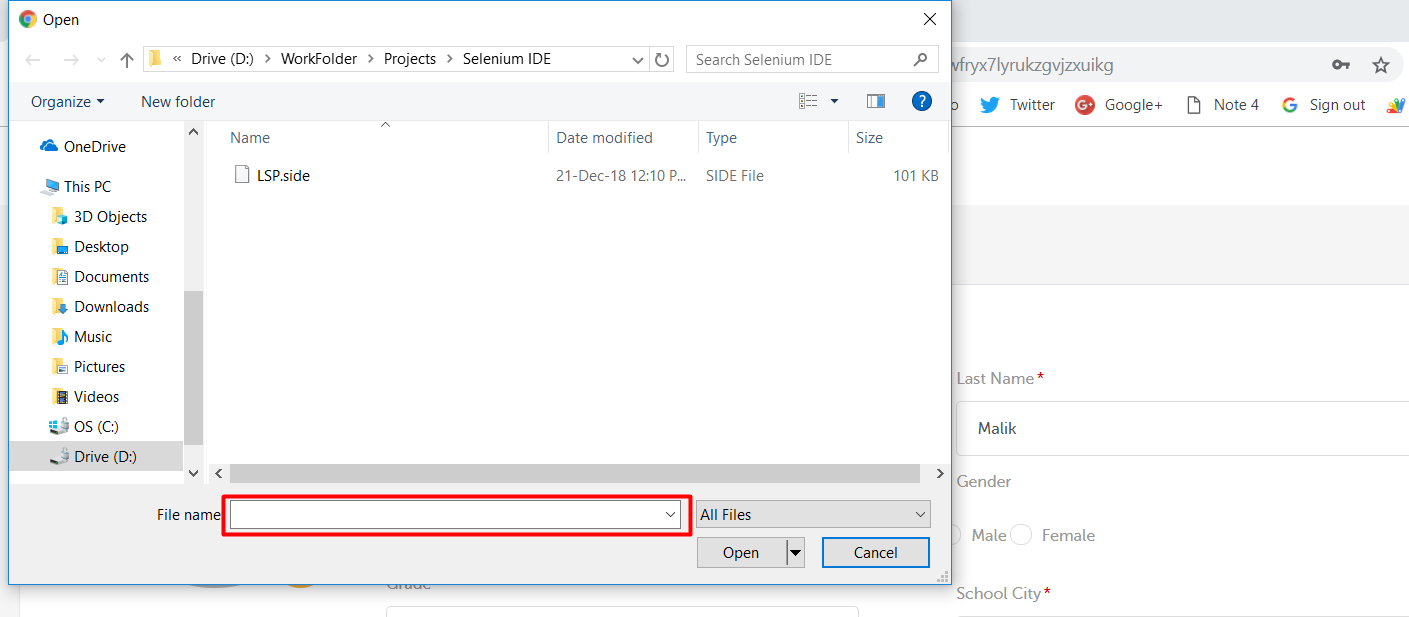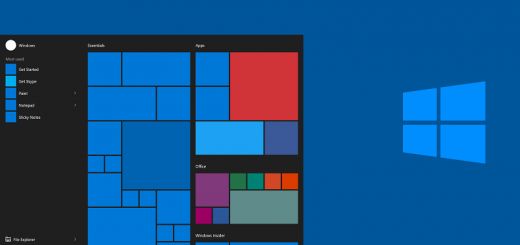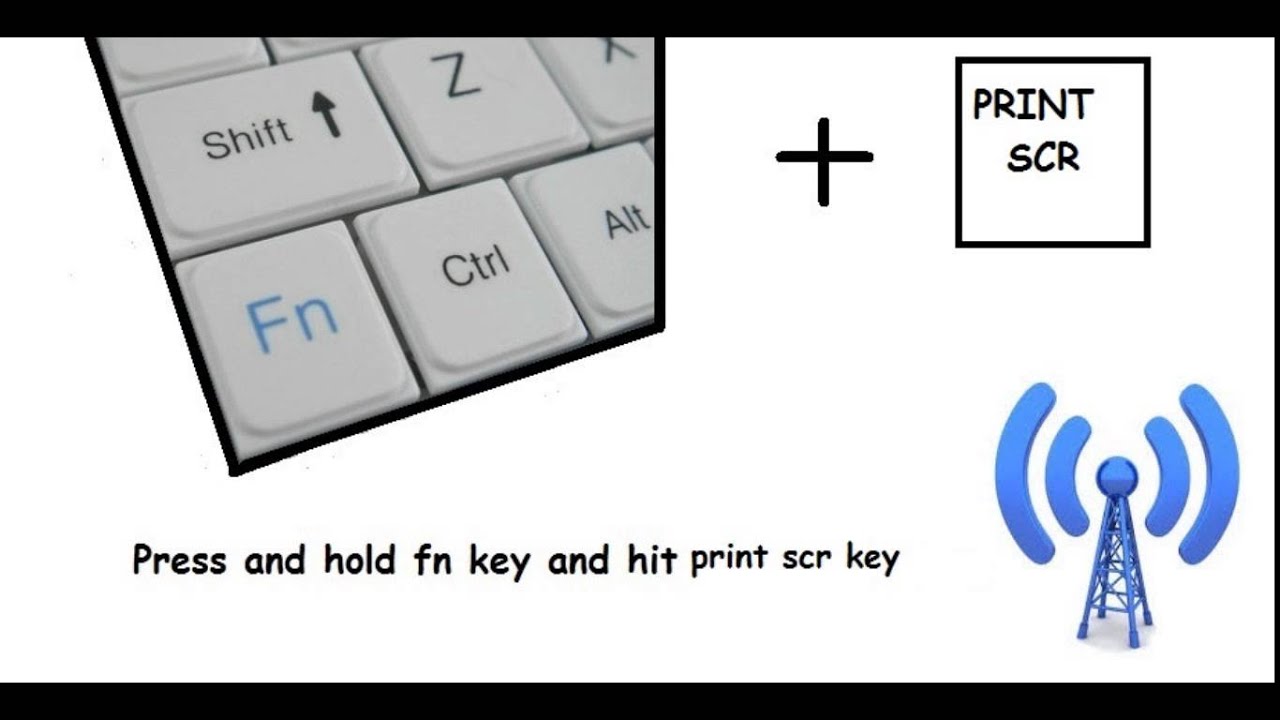How to fix Windows not showing thumbnails. Thumbnail previews play an important role in helping you identify the content inside image and video files. However, Windows 11 and Windows 10 may stop showing them for a number of reasons. Older versions of the operating system also suffer from the same problem. In most cases, you will see blank thumbnails due to improperly configured File Explorer settings (known as Windows Explorer before) or corrupted thumbnail cache. But rarely, you might face something as serious as a malware infiltration. Follow the article below to get all the thumbnails showing up in Windows 11 and 10 as soon as possible. Note: By design, Windows 11 cannot display thumbnail previews for folders. Therefore, the following fixes only affect file previews in the latest Microsoft operating systems.
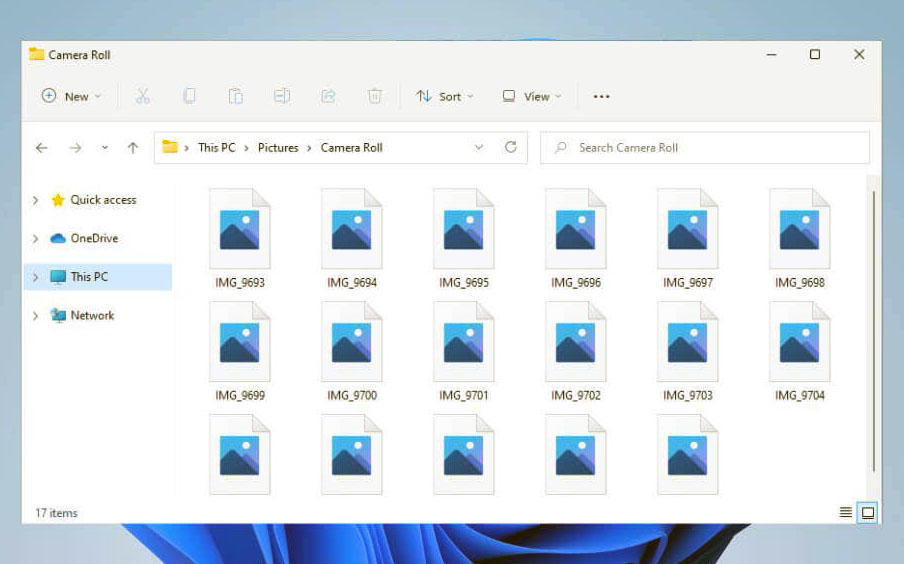
Check View Options
The first action is to check if Windows 11 or Windows 10 is set up to show thumbnail previews in File Explorer. You can do that through the File Explorer Options dialog box.
1. Select the Search icon or box on the Taskbar and enter file explorer options .
2. Select Open .
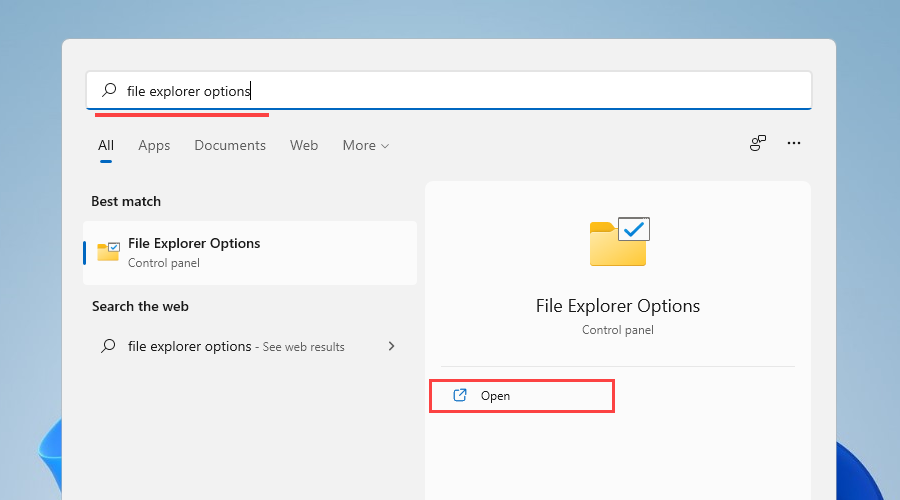
3. Switch to the View tab .
4. Uncheck the box next to Always show icons, never thumbnails .
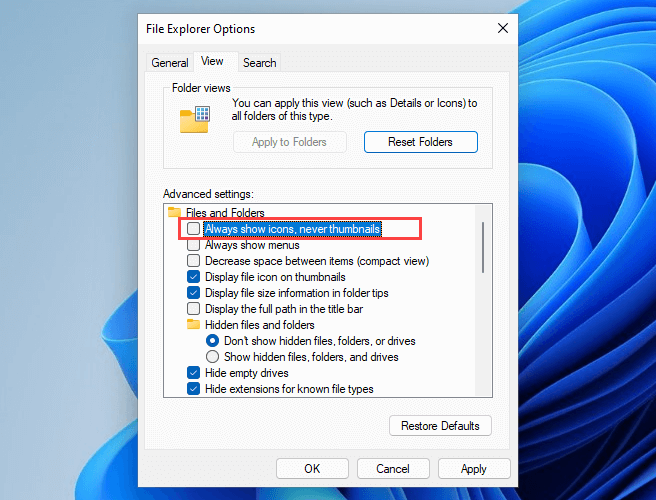
5. Select Apply , then select OK .
If you had to enable the option in step 4, File Explorer will generate thumbnails immediately. If you don’t have to do anything, continue with the rest of the fixes.
Force Restart File Explorer
File Explorer can also crash for no reason and stop working properly. The fastest way to fix that is to restart it using Task manager.
1. Press Shift + Ctrl + Esc to open Task manager.
2. Select Mere deatils (if necessary) to expand the default Task manager view.
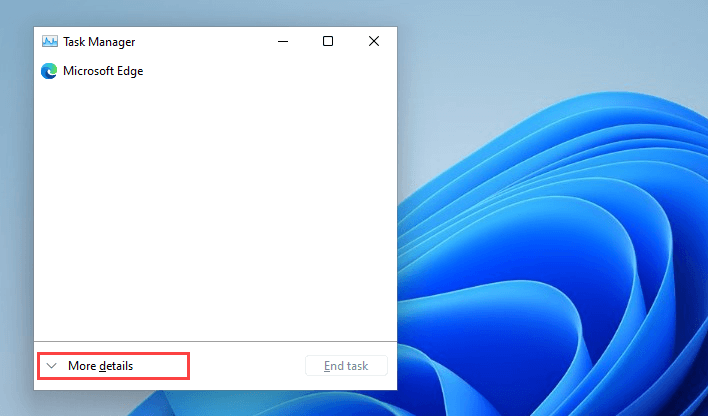
3. In the Processes tab , locate and select Windows Explorer .
4. Select the Restart button to restart File Explorer.
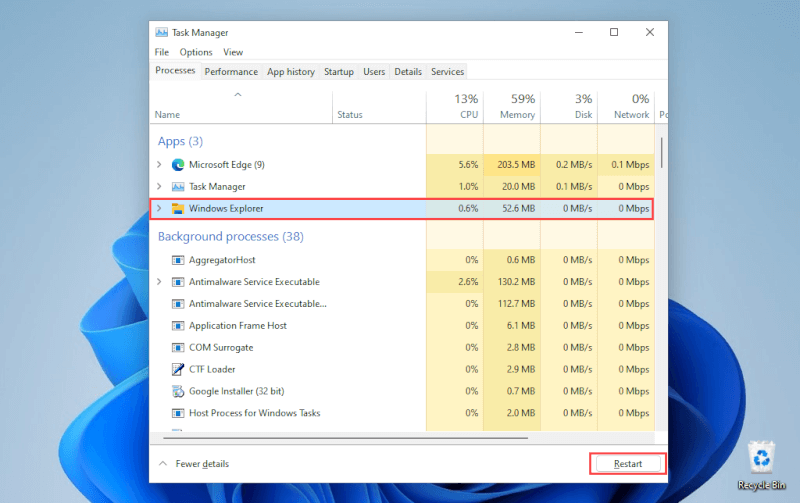
5. Exit Task Manager.
If image or video files (and folders in Windows 10) still appear empty, try restarting the operating system instead.
Clear the thumbnail cache
If the thumbnails are still not showing, you are most likely dealing with a corrupted thumbnail cache. Deleting it will help File Explorer recreate the previews from scratch.
1. Open the Start menu and select Settings .
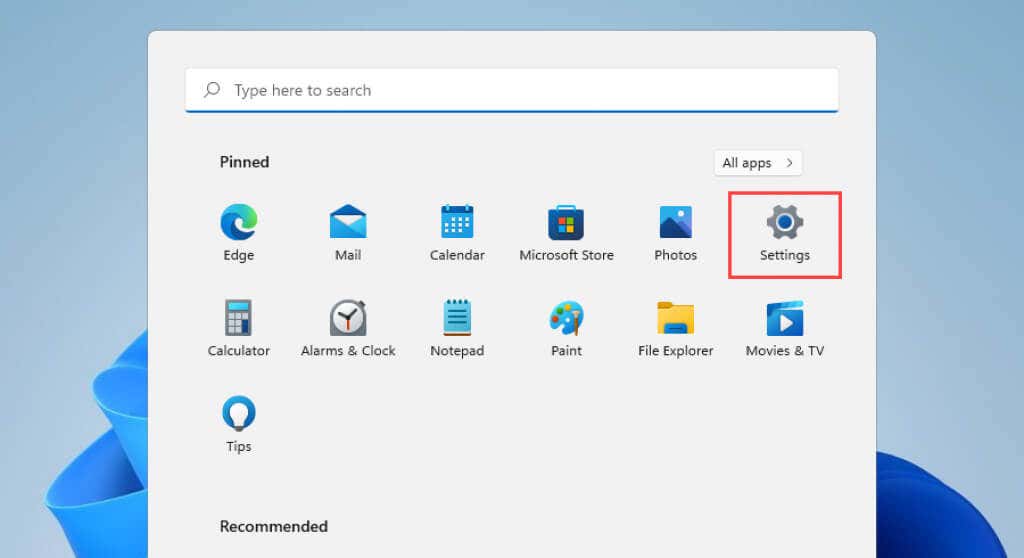
2. Select System > Storage .
3. Select Temporary Files .
4. Check the box next to Thumbnails and select Remove files
5. Restart the computer.
Clear the thumbnail cache (Alternative method)
If you are having trouble clearing the thumbnail cache through the Storage Settings in Windows 11 or Windows 10, try this alternative method involving the Disk Cleanup app.
1. Press Windows + R to open the Run box .
2. Type cleanmgr and select OK .
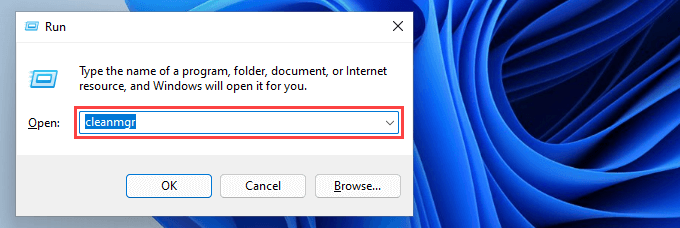
3. Check the box next to Thumbnails
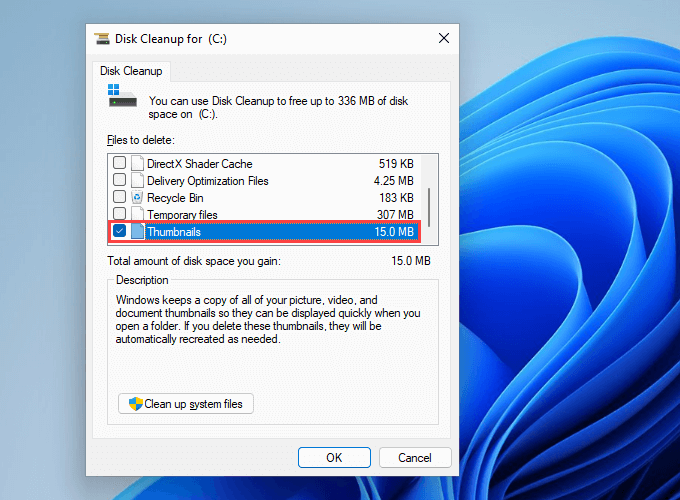
4. Select OK .
Restore File Explorer’s Defaults
Restarting File Explorer’s View options to their defaults can also fix an error that prevents Windows 11 and 10 from displaying thumbnails correctly.
1. Find and open the File Explorer Options dialog box .
2. Switch to the View tab .
3. Select Restore Defaults .
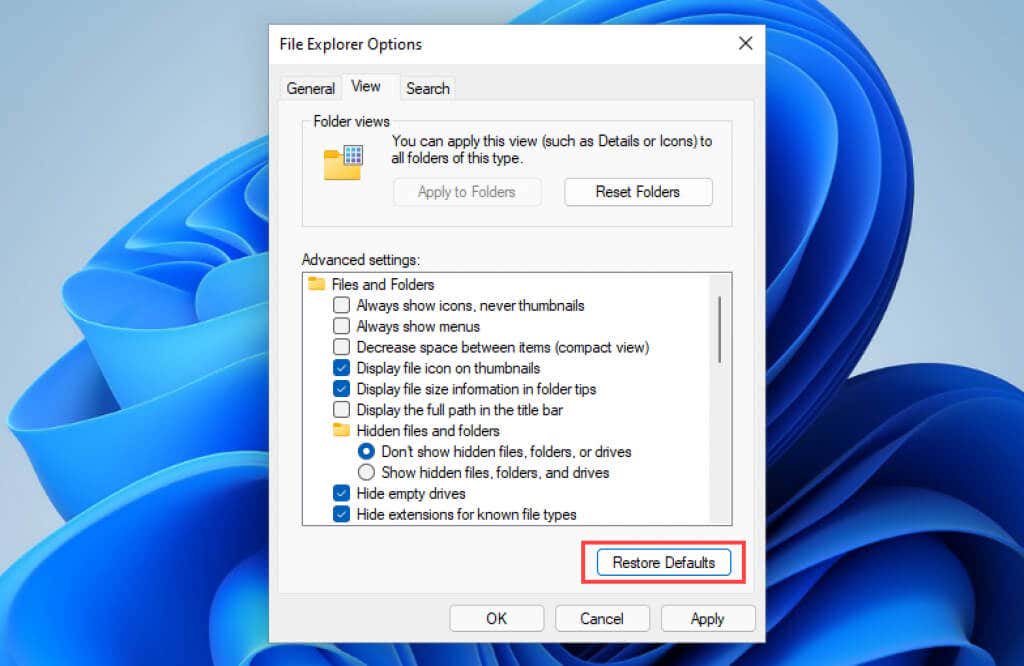
4. Select Apply , then select OK .
Revert default apps
Is the problem limited to a specific image or video format? Setting a different default program can cause that. Try configuring it to open in a native Microsoft app.
1. Right click on any file in the file format and point to Open with .
2. Select Choose another app .
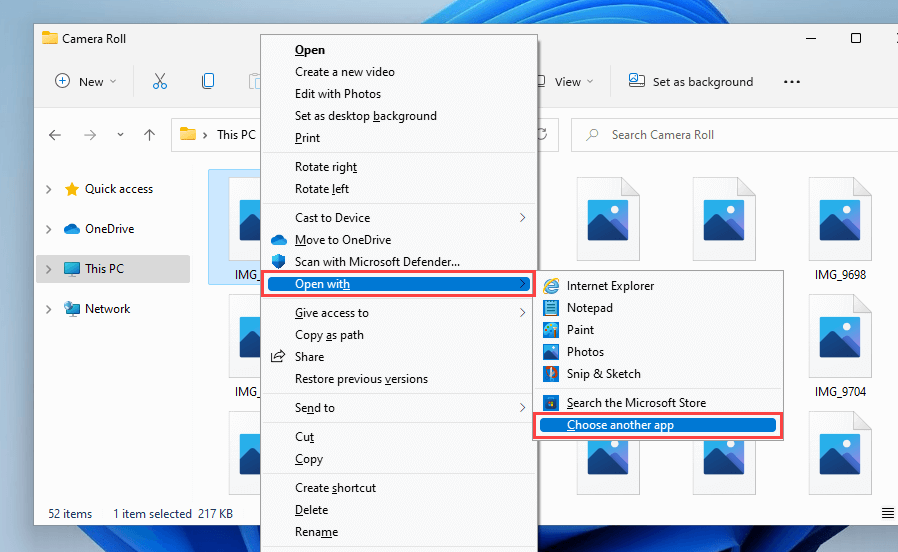
3. Select a native app – for example, Photos (for pictures) or Movies & TV (for videos).
4. Check the box next to Always use this app to open files . .
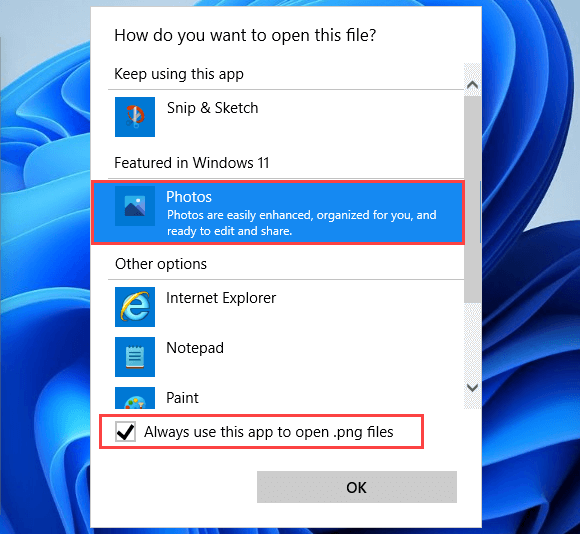
5. Select OK .
Install relevant Codecs
Conversely, image and video files related to unsupported formats in Windows may not display thumbnail previews. You can try to fix that by installing the relevant codecs.
For example, the iPhone’s default HEIC image format will not render thumbnails on Windows, unless you install the HEI C Image Extensions.
On the other hand, K-Lite Codec Pack can help you with uncommon video formats.
Update graphics driver
Outdated graphics drivers cause performance problems and prevent various Windows features (such as thumbnail previews) from working properly. Check on the video card manufacturer’s website (such as NVIDIA or AMD) for a newer driver version, or use the free driver update tool to keep everything up to date.
Also, you should check Windows Update for any display driver updates that have been verified by Microsoft.
1. Open the Settings app .
2. Select Windows Update .
3. Select Check for updates . After Windows Update finishes scanning for updates, select Advanced Options . On Windows 10, select View optional updates and skip to the next step.
4. Select Option updates .
5. Select any driver update related to the monitor and select Download & install .
While you’re at it, we also recommend applying the latest updates to Windows itself. They often contain fixes for system-related features and can only help patch problems with File Explorer.
Run SFC scan
Try running a scan using the System File Checker. This is a command line tool that helps to solve possible file corruption problems in Windows 11 and 10.
1. Press Windows + X and select Windows Terminal (Admin) or Windows PowerShell (Terminal) .
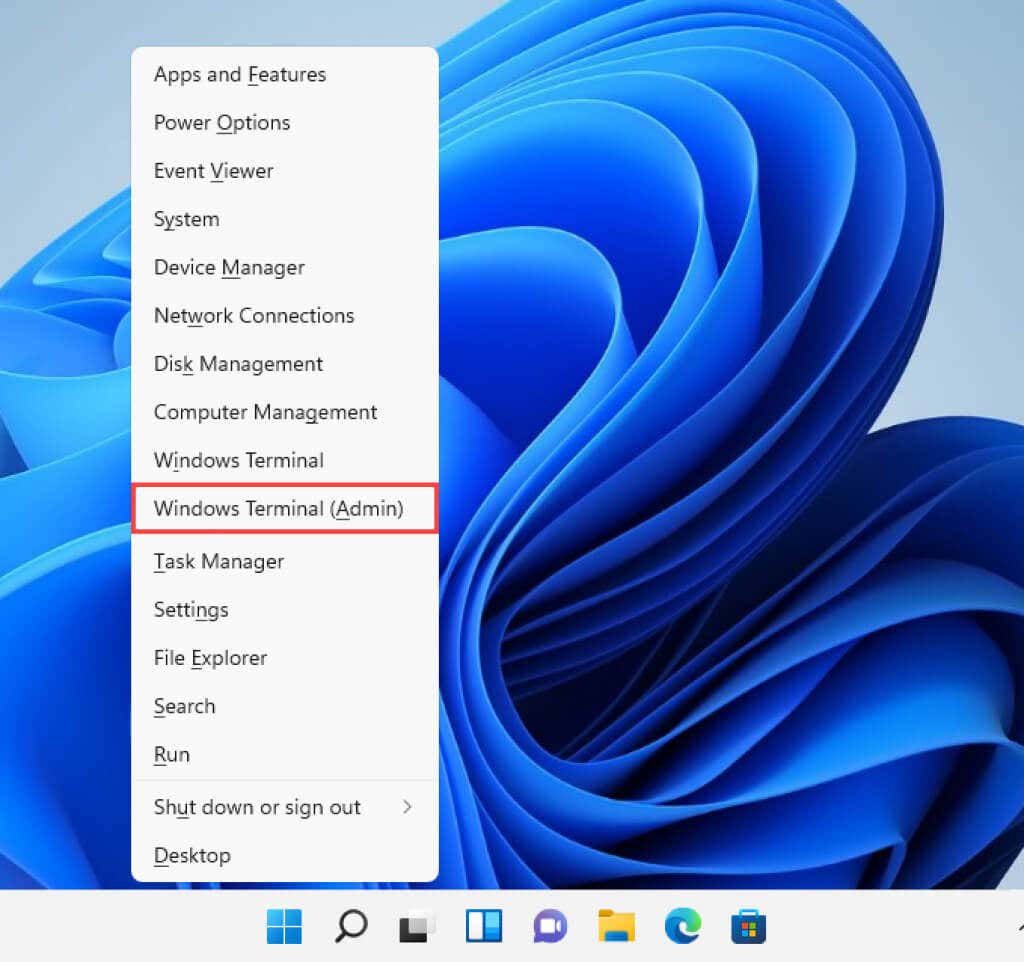
2. Enter the following command:
sfc /scannow

3. Press Enter .
The SFC scan usually takes a while to complete. If it manages to find and fix the error, you may want to continue by running the DISM (Deployment Image Servicing and Management) tool.
Run an anti-malware scan
If the issue of not displaying thumbnails persists or recurs, you may be dealing with File Explorer hijacking software. Use Windows Security to perform a full scan of your computer for malware.
1. Search and open Windows Security .
2. Select Virus & threat protection .
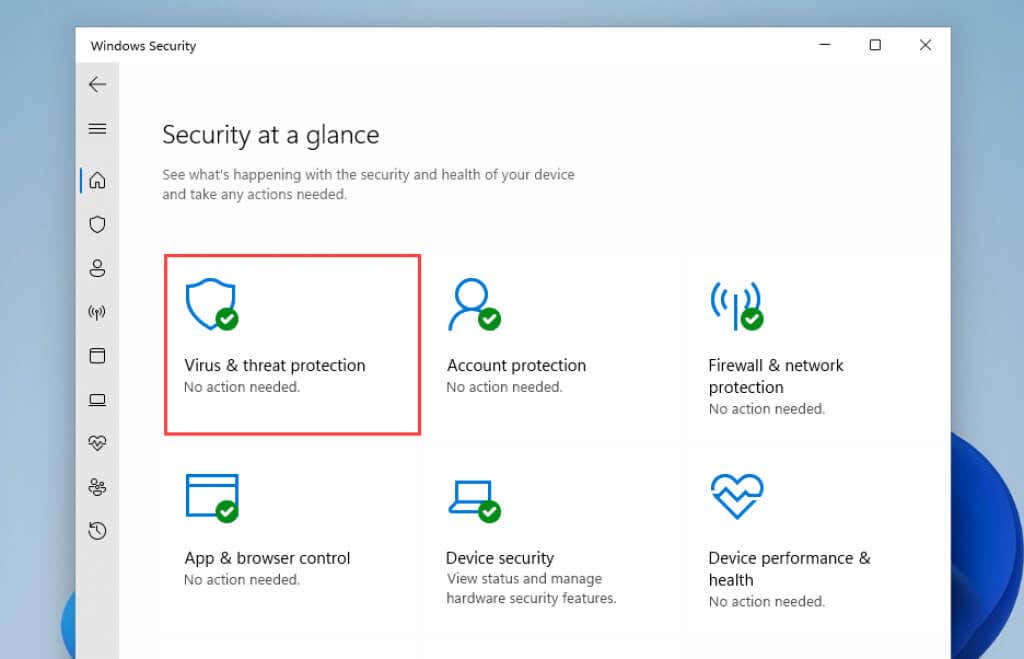
3. Scroll down to Virus & threat protection settings section and install any pending anti-malware definition updates. Then, scroll up and select Scan options.
4. Check the radio button next to Full scan .
5. Select Scan now .
Alternatively, you can use a specialized malware remover like Malwarebytes to find and remove dangerous forms of malware.
File Explorer Show thumbnail previews again
If you work with images and videos, thumbnail previews are indispensable. Hopefully the above solutions helped and File Explorer is back to displaying them correctly. It’s an essential feature well worth the time to fix. If the problem recurs (and is very likely), just run through the fixes above and you should be fine.


